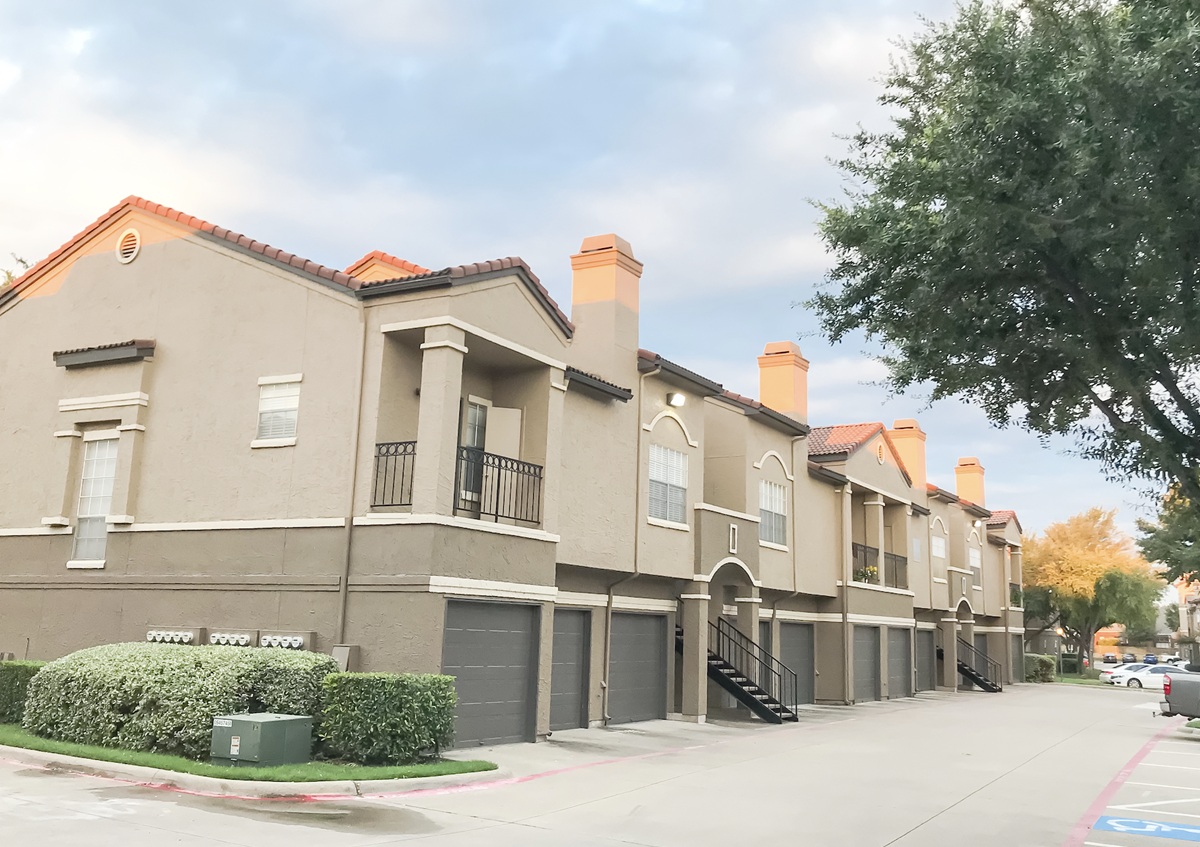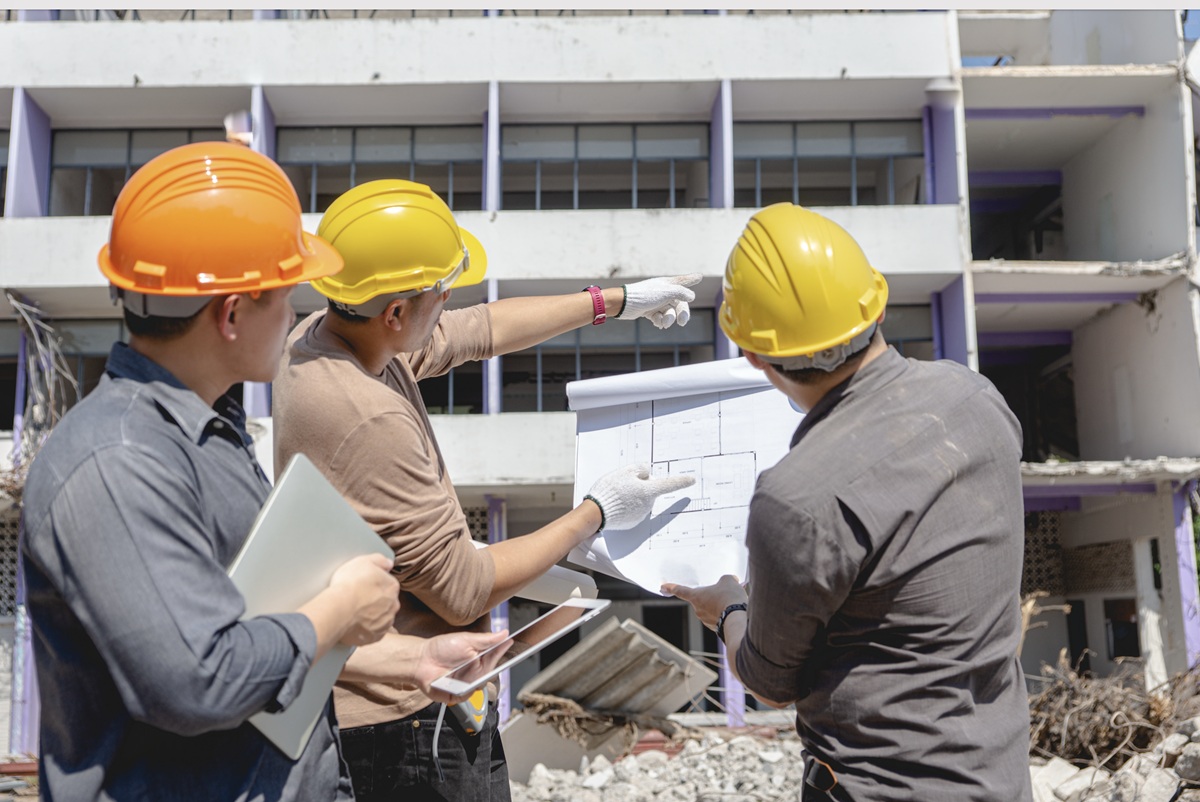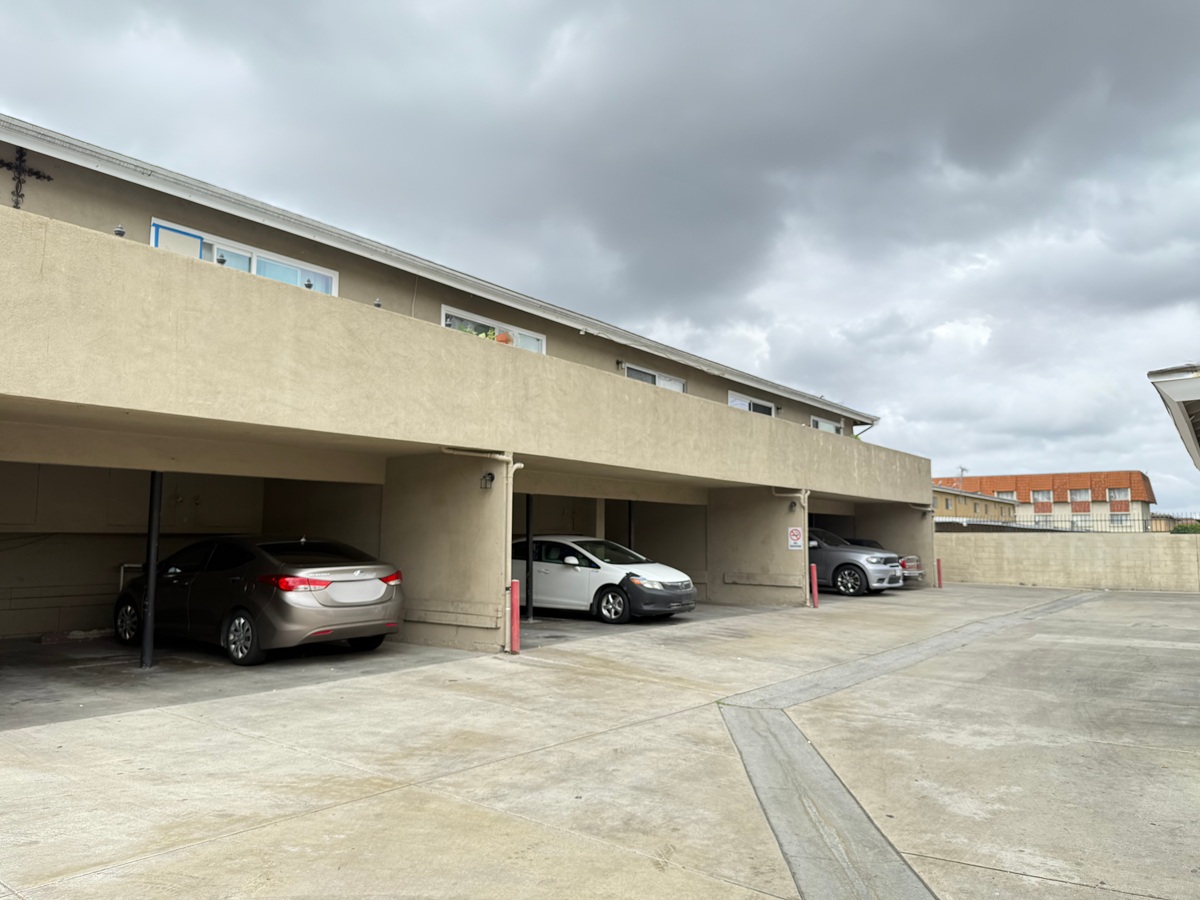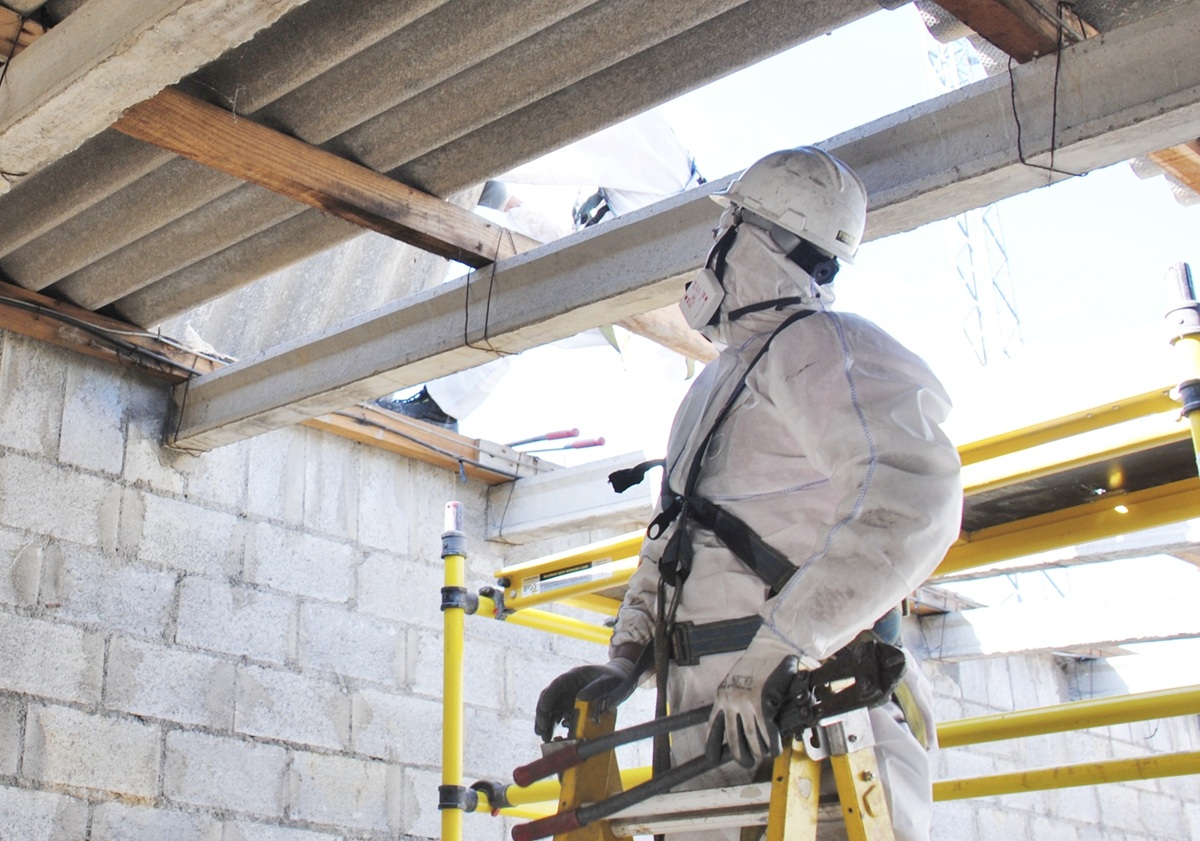This month, an estimated 18 million Americans will take part in the Great ShakeOut, a national safety drill designed to heighten awareness of the many ways to prepare for a major earthquake.
We’ll hear many important messages about earthquake risk and personal safety, culminating with the annual drill, which happens on the third Thursday of every month – October 20 this year. (Visit ShakeOut.org for more information.)
While having adequate supplies on hand and learning the drop-and-cover techniques recommended to avoid injury from falling objects are very important, these once-a-year practices are not a panacea to larger, more looming issues.
There is a 99% chance an earthquake of magnitude 6.7 or greater will strike California by 2044. Experts say the “Big One” is indeed coming, and it’s going to be like nothing any of us have ever experienced before. Tens of thousands of our buildings are at extreme risk of failure or collapse when it happens.
San Diego faces the risk of a 6.9-magnitude earthquake along the Rose Canyon fault, which could devastate the city, according to the Earthquake Engineering Research Institute, which projected these losses:
- 45% of all residential buildings damaged
- 23,000 residential units severely or completely damaged
- 36,000 households displaced
- 40% of commercial and industrial buildings damaged, (20% extensively or beyond repair)
- $38 billion in damage
- $5.2 billion in lost income
This month, I want us to be especially candid with each other and ourselves.
During this month’s ShakeOut, we’ll pack emergency kits for our children’s schools, in the trunks of our cars, and practice the duck-and-cover technique at work. Yet, how many are going to take steps to prevent the threats we face to our daily lives in the San Diego area from becoming much more grave disasters that can disrupt our lives and economy for many years and even decades to come?
- Will your apartment building be habitable or rubble after the quake?
- Will older tilt-up warehouses and high-rises still be functioning?
- Will you or a loved one be among the million people left homeless?
California officials and business leaders need to take serious actions to sustain San Diego and other communities both socially and economically. Optimum Seismic has been recommending these vital steps for this process for many years:
- Prepare inventories identifying vulnerable structures and other hazards in our communities.
- Raise public awareness of the risks faced locally and the actions that can be taken now to build resilience.
- Implement incentive programs to assist building owners in retrofitting their older buildings to protect the public.
California ranks as the sixth largest economy in the world. In fact, 17 percent the nation’s job growth and 24 percent of its gross domestic product increase between 2012 and 2016 can be attributed to California, according to Stephen Levy, director of the Center for Continuing Study of the California Economy.
If the Golden State were to suffer a catastrophe of epic proportions from an earthquake, the impacts would be felt throughout the nation. Resiliency against earthquakes is not only a California issue, but also a matter of national, and potentially global concern.
The time for taking action is now. Call Optimum Seismic at 833-978-7664 for a complimentary evaluation of your building today.







